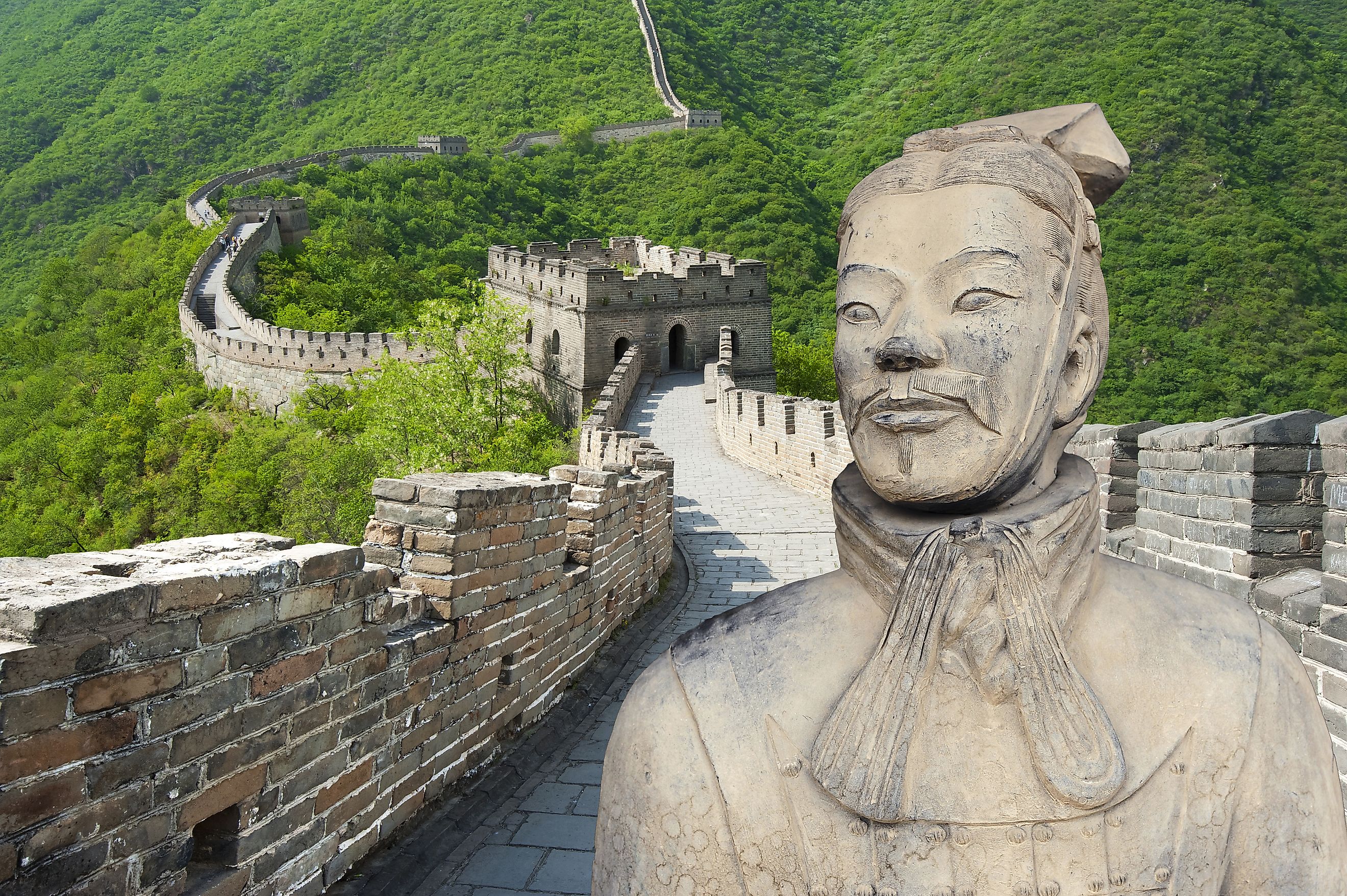
These Ancient Finds Changed History
Ancient artifacts and sites like the Rosetta Stone, L’Anse aux Meadows, the White Sands, Troy, the Antikythera Mechanism, Stonehenge, and the Terra Cotta Army have revolutionized our understanding of history. These finds range from deciphering Egyptian hieroglyphs and proving Viking presence in North America to challenging timelines of human settlement and showcasing ancient technological achievements. Each discovery continues to unravel mysteries and reshape our perceptions of ancient civilizations and their lasting impacts on today's world.
The Rosetta Stone
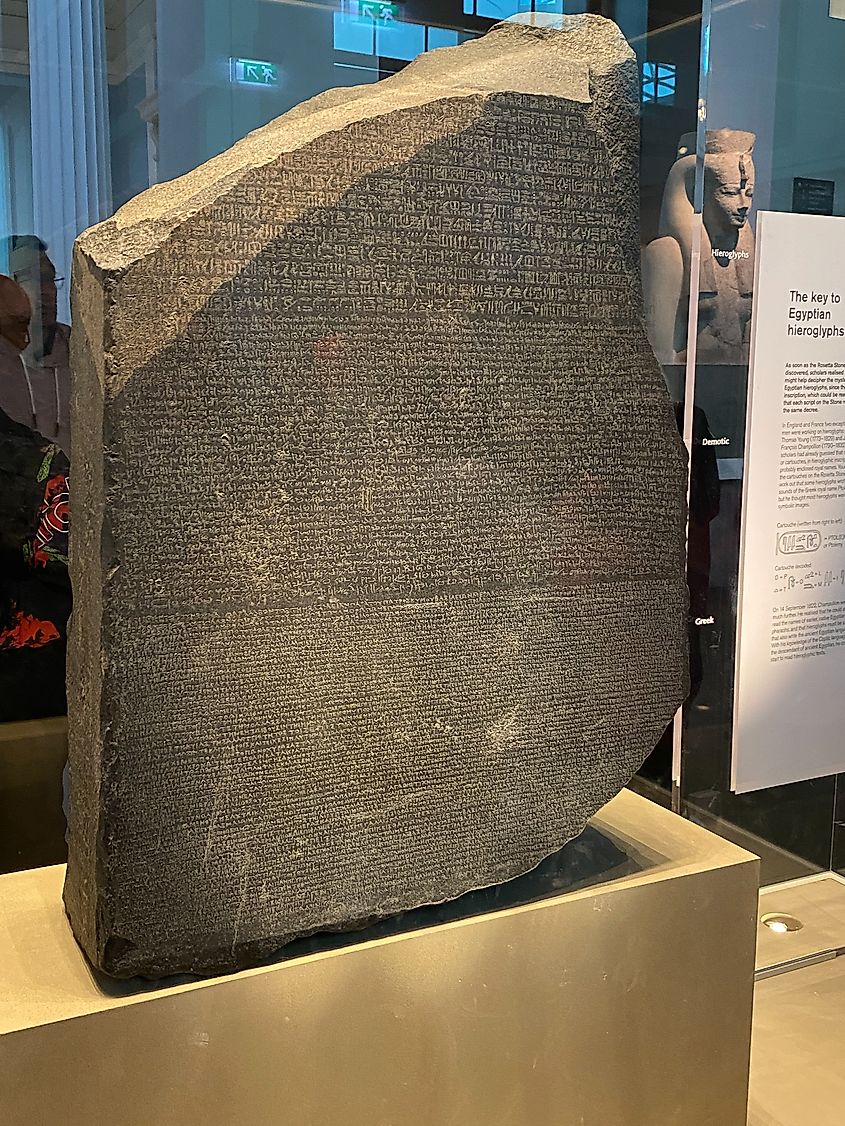
No, it’s not the popular language-learning platform, but it’s not too far a stretch to say without the discovery of the Rosetta Stone, our understanding of languages would have been seriously hindered.
The discovery of the Rosetta Stone was vital to understanding one of the world’s most fascinating and influential civilizations—the ancient Egyptians. It was discovered by accident by Napoleon’s soldiers in 1799 while they were strengthening the defenses of a fort. The granodiorite stone slab is approximately 44 inches (112 centimeters) tall, 30 inches (76 centimeters) wide, and 11 inches (28 centimeters) thick.
The Rosetta Stone features a decree written in three languages: Ancient Greek, the Egyptian Demotic script used for everyday purposes in Egypt in 196 BCE, and Egyptian hieroglyphics. At the time, scholars still knew how to read Ancient Greek and Egyptian Demotic script, which allowed them to eventually make sense of hieroglyphs and decode the mysterious inscriptions on temples and buildings across Egypt. Without the ability to decipher the hieroglyphs, a language and writing system may have died out completely, joining the ranks of other extinct languages, including Latin, Etruscan, and one of the world’s first languages, Sumerian.
Today, the Rosetta Stone is one of the most important artifacts in the study of ancient languages and cultures. It has been housed in the British Museum in London, England, since 1802, with one exception: in 1917, during World War I, the stone was hidden in an underground railway tunnel with London under threat from heavy bombing.
L’Anse aux Meadows
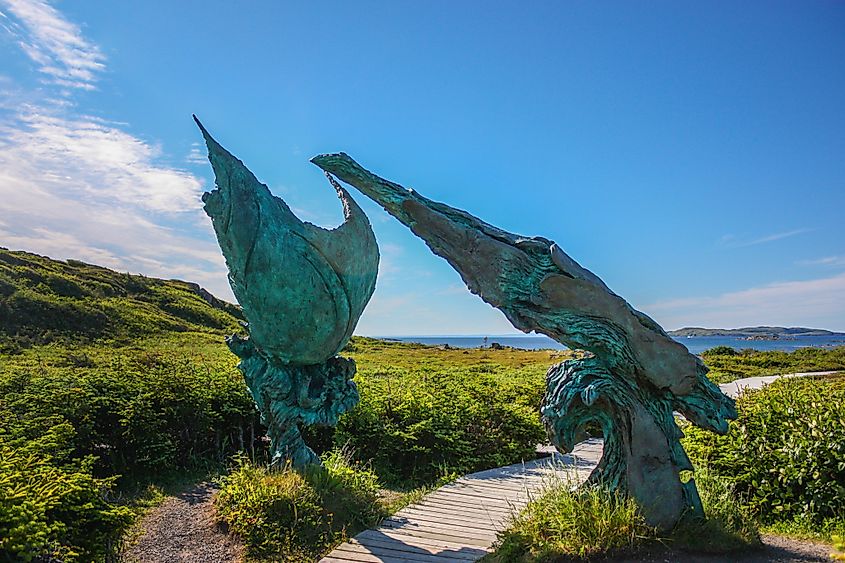
While Christopher Columbus gets all the glory, and citizens of the U.S. get a day off on the second Monday of October every year to celebrate Columbus Day, there is compelling evidence that Christopher Columbus was not the first European to reach the Americas. It was, more likely, a Norse explorer named Leif Erikson who first set foot in North America around 1,000 CE and established a settlement called Vinland.
In 1960, a Norwegian husband-wife team of explorer Helge Ingstad and archaeologist Anne Stine Ingstad discovered the foundations of eight houses and several objects, including cooking pits, a smithy, handmade iron nails, and more, in L'Anse aux Meadows. The discovery proved that Vikings crossed the Atlantic nearly 500 years before Columbus set sail. Today, L’Anse aux Meadows is a UNESCO World Heritage site on Canada's northernmost tip of Newfoundland and Labrador and attracts tens of thousands of visitors annually. Meanwhile, in the United States, the Norse explorer got his day, too: October 9 is Leif Erikson Day.
White Sands National Monument

Without a doubt, White Sands National Park in southern New Mexico is one of the world’s most stunning natural wonders. For 275 square miles, wave-like white dunes of gypsum sand glisten in the Tularosa Basin, the world’s largest gypsum dune field. Over half a million visitors visit the park yearly to see the dunes and the fossilized footprints made by mammoths, giant sloths, wolves, and humans preserved in the basin that once held a lake.
For decades, it was believed that humans lived on the continent of America for about 14,000 years—based on the discovery of stone tools in Clovis, New Mexico. In 2021, however, researchers published a paper in the journal “Science” saying that based on new technology, those footprints were between 21,000 and 23,000 years old, pushing back the earliest known arrival of humans in the Americas by up to 10,000 years. While the theory put forward by the researchers has yet to be proved, the analysis of the footprints adds weight to the idea that humans may have been in the Americas longer than initially thought—a find that would further change history.
Troy
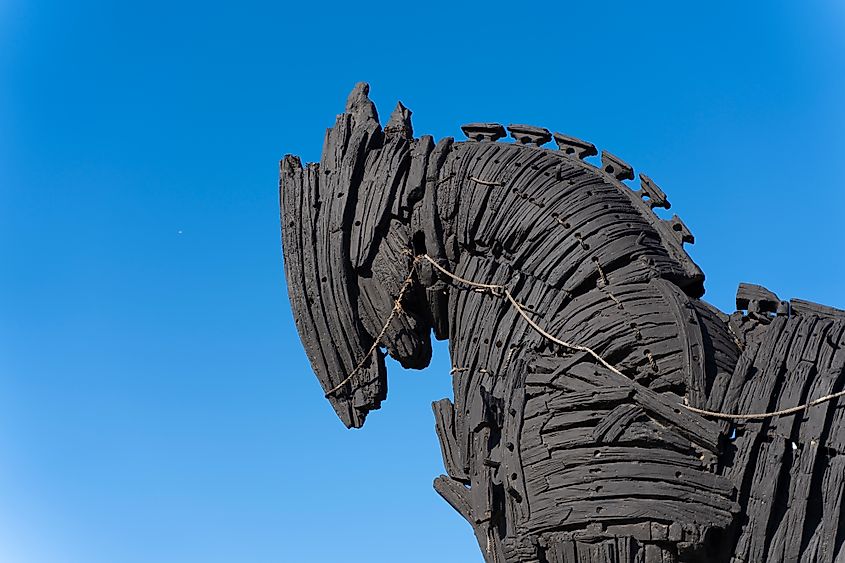
While the city of Troy began as the stuff of legends in ancient Greek mythology, particularly from Homer’s epic poems, the Iliad and the Odyssey, the discovery of the ancient city of Hisarlik in Turkey by the charismatic and controversial archaeologist Heinrich Schliemann, in 1873 changed all that. Initially a successful German businessman, Schliemann became an amateur archaeologist at 36 after making his fortunes in various dubious business ventures before dedicating his life to the search for the lost city of Troy.
While it is up for debate as to what extent the discovered city matches the lost city of Troy in the Iliad, the site's excavation provided historians with valuable insights into urban planning, cultural practices, and warfare between 1700 BCE and 1250 BCE. While it did not confirm the existence of giant wooden horses and women so beautiful they could " launch a thousand ships,” it shed light on ancient history, archaeology, and cultural heritage. It also led to further exploration of other ancient sites and civilizations.
The Antikythera Mechanism
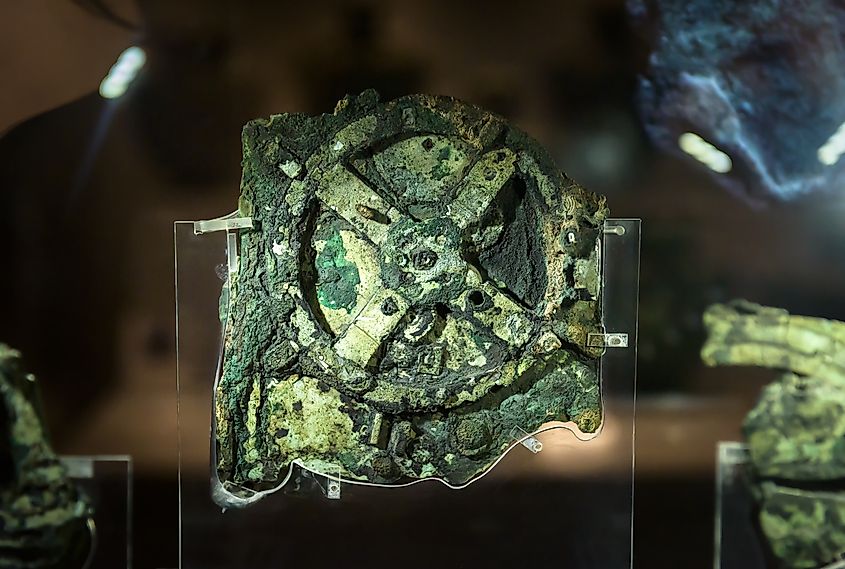
Believe it or not, the first computer did not originate in Silicon Valley, California. In 1901, sponge divers discovered the oldest known example of an “analog computer” in a wreck in the Mediterranean Sea. It was called the Antikythera Mechanism after the ship in which it was found, which dated from 70 to 60 BCE. Scientists have estimated that the device itself might be 140 years older than that, completely changing how we think of ancient technology.
For decades, scientists could not make heads or tails of the three flat bronze pieces, but in the 1970s and 1990s, X-ray imaging revealed that the hand-powered mechanism may have been a way to track the planets, including predicting the irregular orbit of the moon, among other phenomena. The discovery of the mechanism is important in that it proves that the ancient Greeks believed that nature worked according to a predefined set of rules, like a machine.
Stonehenge
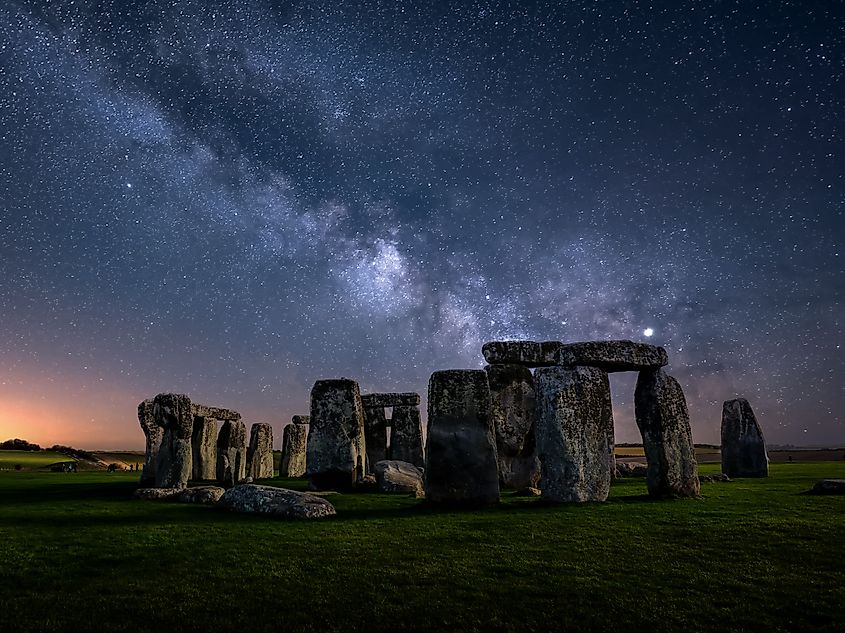
Before Stonehenge became a UNESCO World Heritage Site in 1986, it was once owned by Cecil Chubb. In 1915, he purchased the prehistoric monument at an auction for £6,600 as a gift for his wife. Perhaps she didn’t like the gift because Chubb wound up donating Stonehenge to the British government in 1918, or possibly, like everyone else, she simply did not know what it was.
Over the years, the prehistoric stone circle in Wiltshire, England, has been the subject of much speculation about its meaning and significance. Archaeologists in the 17th and 18th centuries thought it was a Druid temple. In contrast, others have suggested that it was an astrological observatory to predict lunar and solar eclipses due to the placement of the stones. Others still see it as a gathering place, a monument, or a place of healing.
Regardless of its intended purpose, Stonehenge is historically significant because it is a marvel of ancient engineering. It was constructed between 3000 BCE and 2000 BCE, requiring a sophisticated level of geometry and careful planning. Today, Stonehenge is one of the most visited archaeological sites in the world, with over 1.5 million visitors annually, and Cecil Chubb’s investment would be worth over $1 million in today’s currency.
Terracotta Army
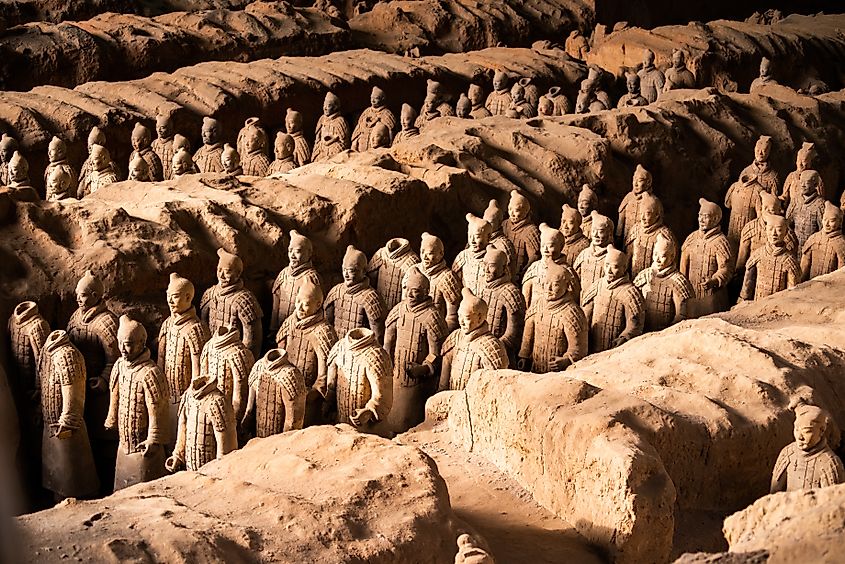
The Terra Cotta Army, discovered in a field 20 miles east of Xi'an, China, is a collection of thousands of life-sized clay soldiers and horses buried with China's first emperor, Qin Shi Huang, around 210 BCE. It is another UNESCO World Heritage site and has become an iconic representation of ancient China's achievements and imperial history. Not surprisingly, it has spurred interest in ancient Chinese military practices.
In 1974, farmers discovered the burial site while digging a well, and excavations began immediately. So far, archaeologists have unearthed a 20-square-mile complex featuring 8,000 terra cotta soldiers, horses, chariots, and a pyramid mound marking the emperor's tomb. They also discovered remnants of a palace, offices, storerooms, and stables. In addition to a large pit holding 6,000 soldiers, a second pit contained cavalry and infantry units, while a third housed high-ranking officers and chariots. A fourth pit was empty, indicating the burial site was incomplete when the emperor died.
Ancient discoveries impact history by uncovering lost civilizations, deciphering forgotten languages, and revealing technological achievements that challenge modern assumptions. From the Rosetta Stone's role in deciphering Egyptian hieroglyphs to the Antikythera Mechanism's glimpse into ancient Greek astronomy, these findings provide crucial insights into cultural practices, societal structures, and technological advancements. These discoveries bridge gaps in our collective history, offering a deeper appreciation for the enduring legacies of ancient cultures worldwide.











